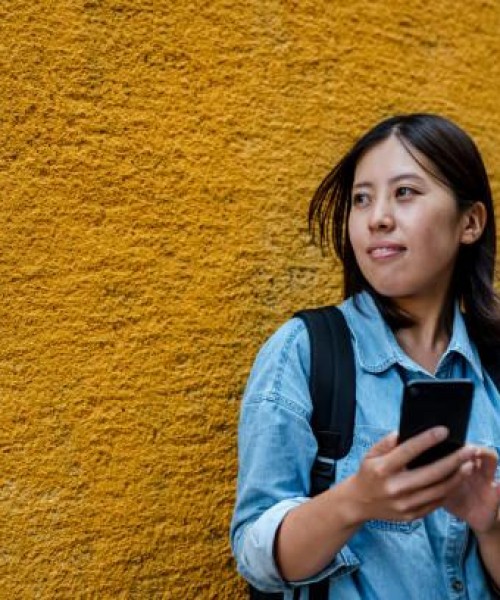Opportunities: Dealing with Environmental Challenges
There are several ways to approach these types of barriers. One way is to research journals and other publications to see if the design proposed has already been done. A lot of times designers fear experimenting with new technologies or practices that have not yet gained full acceptance. Clients may also become skeptical about using products that are not widely known. However, because sustainable actions and strategies have increasingly been introduced and tested in a multitude of projects, designers have the opportunity to copy or modify these practices for their own designs. Additionally, because projects must always be approved by a local design planning board, it is important for the designer to form a relationship with the building official and inform him on any innovative strategies (p.17,Dean, 2003). From the very early stages of the design process, it is important for the building official to have a clear understanding of the proposal. Ultimately he could be more yielding as to the ideas being introduced.
On different note, the interior design field deals greatly with the selection of materials. To reach sustainable efforts designers should specify materials with some amount of recycled content, which can still be found at reasonable prices. In such scenario, however, using a "recycled" product may bring about concerns on aesthetics, an overlap with a social barrier. The designer should be able to explain to the client that a recycled material does not necessarily need to have the appearance of its "origin", but simply be partially made of pre-consumer or post-consumer recycled content. With pre-consumer content, a material may have content from industry scraps that were diverted from the waste stream. Post-consumer content refers to a waste that is produced by the end consumer of a material stream (Green Building and LEED Concepts Guide, 2009). Refer to Images x-x for applications of recycled content products that still retain an attractive aesthetic appeal.
Case Study: Everett Marshall Building, Eastern Michigan University, USA
The Everett Marshall Building is home to the College of Health and Human Services at Eastern Michigan University. It was originally opened in the fall of 2000 with sustainability goals in mind. In addition to the sustainable goals, the designers also planned according to the principles of universal design, technology and user comfort.
From the start, material selection was key to complete the project. Flooring and furnishing materials were selected based on "their recycled content, their ability to be recycled in the future and the sustainability of their production methods" (Urban, 2005). Some of the flooring materials used include: cork, bamboo and linoleum. Cork, for example, is a good insulator, slip resistant, allows for design flexibility and contains high sound absorbent qualities. Further, it is considered sustainable because there is no need to cut down the tree in which it grows. Instead, the bark of the tree is peeled off and the tree continues to regenerate (Sustainable, 2010). Bamboo and linoleum also come from rapidly renewable sources and are strong and long lasting. As seen in Figures x-x, these materials have an attractive aesthetic appeal regardless of their "sustainable nature."
Spaces were equipped with a variety of furnishings from diverse providers including Design Tex, a Steelcase Company whose mission is to provide innovative and sustainable surfaces and solutions for interior spaces. Fabrics from Design Tex were used throughout the building. A particular aspect of these fabrics is that they use a minimum number of chemicals, none of which have negative effects on human health or the environment (Urban 2005).
Another aspect of sustainable design as described by LEED under the category Indoor Environmental Quality is indoor air quality. By using paints with low levels of volatile organic compounds, the space provides building users a comfortable atmosphere to perform daily activities.
Competitive Advantage
In Sustainable Development and Sustainability of Competitive Advantage, Miguel Rodriguez alludes that it is not out of the ordinary for a company to say that their goal is to make money, but for a company to say that their "purpose is to create economic, environmental and societal value for shareholders, customers, employees and society at large, 'everybody will be amazed'" (Rodriguez, 2002).
On that note, firms are constantly seeking ways to differentiate, innovate, and attract clients to use their services. If clients see that a company is not solely preoccupied for profits but also with the greater good, then they'll be reassured of the value of company's product.
Further, building construction and maintenance is one of the most wasteful and negatively influential industries for the environment (including not just the area of construction but also operation and equipping/furnishing of buildings). The industry alone uses between 17-50% of the world's resources, producing widespread environmental damage (University of Minnesota newsletter). By taking a sustainable internal approach as a business strategy, the design firm will notice advantageous changes in terms of the company's resources and activities. Ultimately this approach will yield a change in the firm's reputation in the form of a competitive advantage (Rodriguez, 2002).
More than a cost to society and business (as discussed under economic challenges), designers should see the introduction of sustainable practices and an opportunity that benefits all three components of the triple bottom line. The key is to use it as tool for innovation, which ultimately transforms into the competitive advantage the firm aims to obtain.
Conclusion
The purpose of this paper was to inform the reader of the typical challenges associated with sustainability and inform them how these can be reversed to become advantages with the use of proper planning, research, and strategic analysis. Just as important as it is to understand the benefits gained from sustainable practices, it is equally important to recognize the barriers and see how designers can use them to challenge themselves and prove their true innovative skills. Sustainable design is rapidly spreading within the building industry, especially in architecture, yet interior designers still need to take a more forceful approach. As more opportunities to sustainable design arise, designers should be proactive and take advantage of the opportunity to be the leaders. In the public eye, a company that goes the extra mile for the benefit of society, as opposed to those who wait for society to impose new rules, will stand out as leaders in their industry.
本文的目的是告知读者的典型挑战与可持续发展,并告知他们如何可以扭转,以成为优势,使用适当的规划,研究和战略分析。同样重要的是要了解从可持续发展的做法所获得的好处,它是同样重要的是要认识到的障碍,看看设计师如何利用他们来挑战自己,并证明他们真正的创新技能。可持续设计正在迅速蔓延在建筑行业,尤其是在建筑,但室内设计师仍然需要采取一个更有力的方法。随着更多的机会,可持续发展的设计出现,设计师应该积极主动,并利用机会的领导者。在公共眼,一个公司,为社会的利益,而不是那些等待社会实行新规则的人,将在他们的行业中脱颖而出的领导者。









